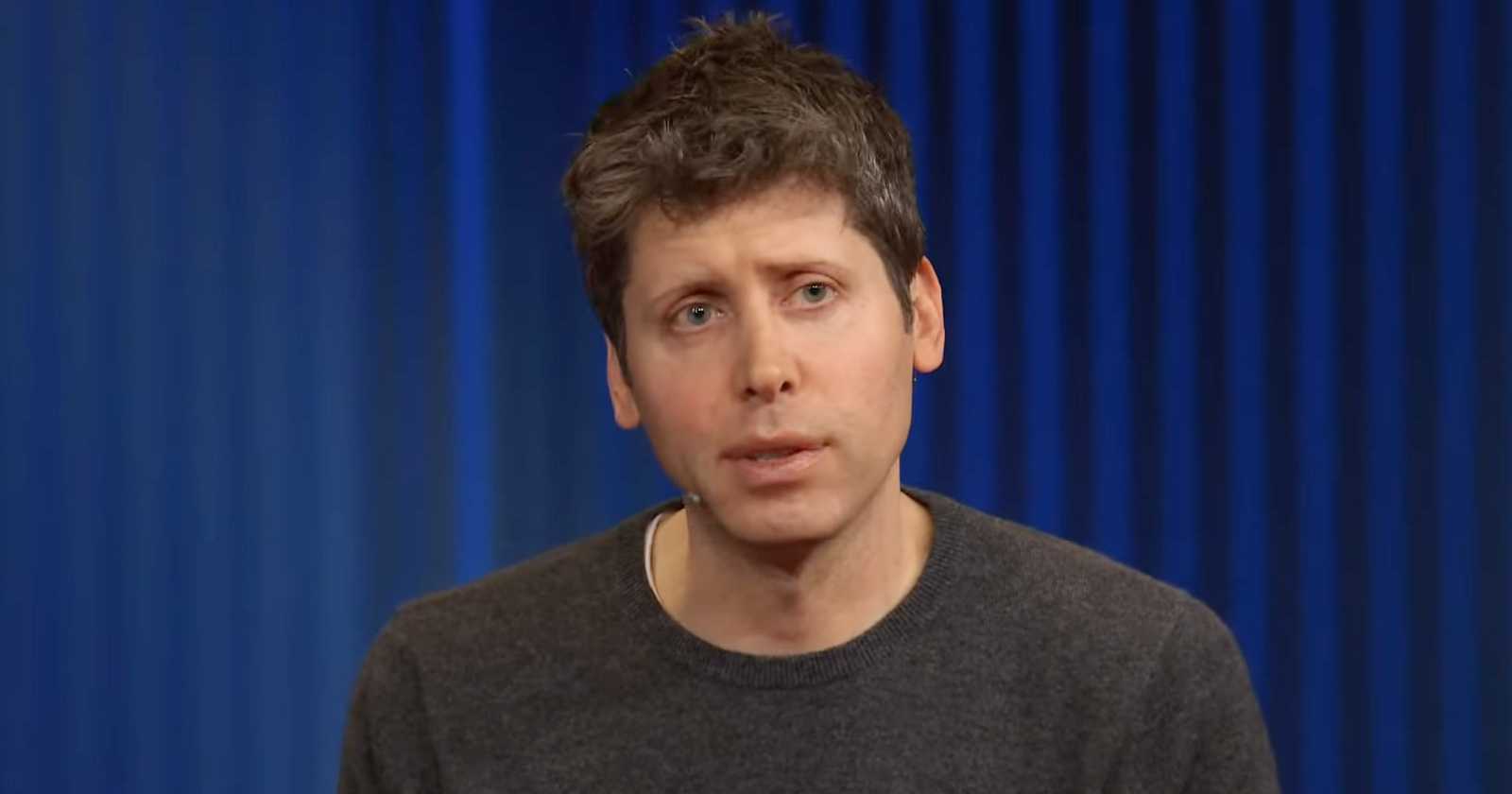OpenAI CEO Sam Altman recently said the company plans to release an open source model more capable than any currently available. While he acknowledged the likelihood of it being used in ways some may not approve of, he emphasized that highly capable open systems have an important role to play. He described the shift as a response to greater collective understanding of AI risks, implying that the timing is right for OpenAI to re-engage with open source models.
The statement was in the context of a Live at TED2025 interview where the interviewer, Chris Anderson, asked Altman whether the Chinese open source model DeepSeek had “shaken” him up.
Screenshot Of Sam Altman At Live at TED2025

Altman responded by saying that OpenAI is preparing to release a powerful open-source model that is near the capabilities of the most advanced AI models currently available today.
Altman responded:
“I think open source has an important place. We actually just last night hosted our first like community session to kind of decide the parameters of our open source model and how we want to shape it.
We’re going to do a very powerful open source model. I think this is important. We’re going to do something near the frontier, I think better than any current open source model out there.
This will not be all… like, there will be people who use this in ways that some people in this room, maybe you or I, don’t like. But there is going to be an important place for open source models as part of the constellation here…”
Altman next admitted that they were slow to act on open source but now plan to contribute meaningfully to the movement.
He continued his answer:
“You know, I think we were late to act on that, but we’re going to do it really well.”
About thirty minutes later in the interview Altman circled back to the topic of open source, lightheartedly remarking that maybe in a year the interviewer might yell at him for open sourcing an AI model but he said that in everything there are trade-offs and that he feels OpenAI has done a good job of bringing AI technology into the world in a responsible way.
He explained:
“I do think it’s fair that we should be open sourcing more. I think it was reasonable for all of the reasons that you asked earlier, as we weren’t sure about the impact these systems were going to have and how to make them safe, that we acted with precaution.
I think a lot of your questions earlier would suggest at least some sympathy to the fact that we’ve operated that way. But now I think we have a better understanding as a world and it is time for us to put very capable open systems out into the world.
If you invite me back next year, you will probably yell at me for somebody who has misused these open source systems and say, why did you do that? That was bad. You know, you should have not gone back to your open roots. But you know, we’re not going to get… there’s trade-offs in everything we do. And and we are one player in this one voice in this AI revolution trying to do the best we can and kind of steward this technology into the world in a responsible way.
I think we have over the last almost decade …we have mostly done the thing we’ve set out to do. We have a long way to go in front of us, our tactics will shift more in the future, but adherence to this sort of mission and what we’re trying to do I think, very strong.”
OpenAI’s Open Source Model
Sam Altman acknowledged OpenAI was “late to act” on open source but now aims to release a model “better than any current open source model.” His decision to release an open source AI model is significant because it will introduce additional competition and improvement to the open source side of AI technology.
OpenAI was established in 2015 as a non-profit organization but transitioned in 2019 to a closed source model over concerns about potential misuse. Altman used the word “steward” to describe OpenAI’s role in releasing AI technologies into the world, and the transition to a closed source system reflects that concern.
2025 is a vastly different world from 2019 because there are many highly capable open source models available, models such as DeepSeek among them. Was OpenAI’s hand forced by the popularity of DeepSeek? He didn’t say, framing the decision as an evolution from a position of responsible development.
Sam Altman’s remarks at the TED2025 interview suggest that OpenAI’s new open source model will be powerful but not representative of their best model. Nevertheless, he affirmed that open source models have a place in the “constellation” of AI, with a legitimate role as a strategically important and technically capable part of the broader technological ecosystem.
OpenAI’s Sam Altman Talks the Future of AI, Safety and Power — Live at TED2025
Featured image screenshot by author
